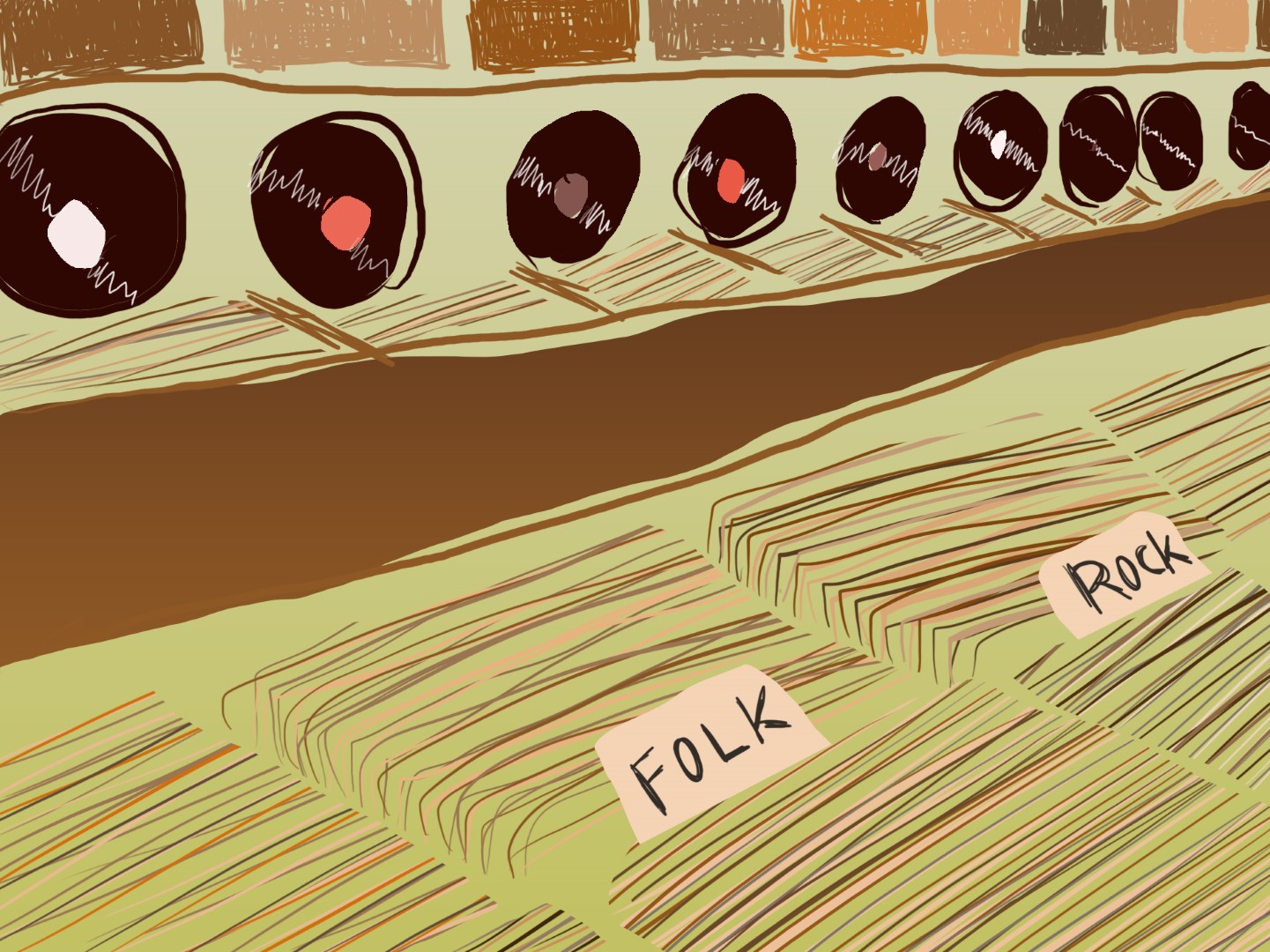
Retaliation
By Brittney MacDonald, Life & Style Editor
I have said often that fashion is cyclical, but less often have I iterated that it is also retaliatory. Let me explain. The existence or emergence of certain trends are often in direct retaliation to the emergence of previous trends. To put it in the most basic terms, fashion moves from one extreme to the other. Whether this is because the universe needs balance, or because people are bored easily, one will never know. Currently, we see this most plainly in the rise of street fashion.
Confused as to what constitutes “street fashion”? Looking at a basic definition it is a genre of fashion steeped in youth culture popular in urban or city centres. The style was originally cited to have developed outside of the studio space, in a more organic, functional way. This idealization is outdated, and I will explain why in a later addition to this column series. For now, modern street fashion can most easily be identified as the “millennial” aesthetic—that which has been popularized by social media platforms like Instagram and Tumblr. Some staples of the fashion include athletic or athleisure wear, a mixing of textures and materials, and oversized fits.
The last time that we saw such a popularization of street fashion was in the late ’80s to early ’90s. The advanced casualness of streetwear popped up all over the media and rose in prominence as a direct result of the decadence and excess of the ’70s and impracticality of the fashion present in the early ’80s. At that time, though not cheap, brand labels like Adidas and Nike were considerably less exorbitant than what was available from the iconic designers of the age—names like Thierry Mugler and Christian Lacroix. The rise in street fashion also coincided with a growing interest in urban and African-American youth culture, thanks in part to films by Spike Lee.
With that in the back of your mind, hopefully you can start to see why I claim that fashion is often retaliatory. The streetwear craze of the late ’80s to early ’90s was basically the public biting back against nearly a decade of puffed sleeves and taffeta. They wanted something comfortable, they wanted something affordable, they wanted… SWEATPANTS! Well, not exactly—but you get the idea.
How does that play into modern street fashion, you may ask? Our current obsession with this genre can be traced, in part, to the present fascination with the ’90s era. It can also be accredited as being a direct retaliation of the over-sexualized female empowerment movement and flashy fashion trends of the 2000s. I will be going into greater depth regarding the sexualization of street fashion in part two of this series, when we classify the “anti-sex.”



